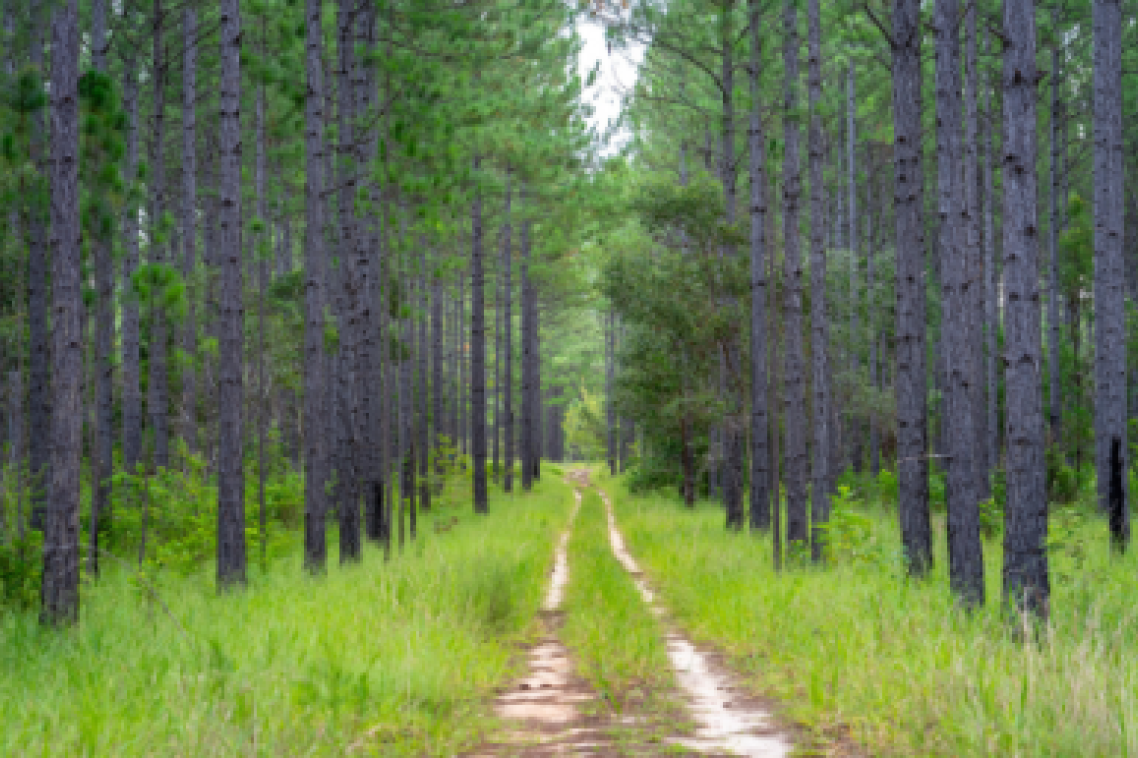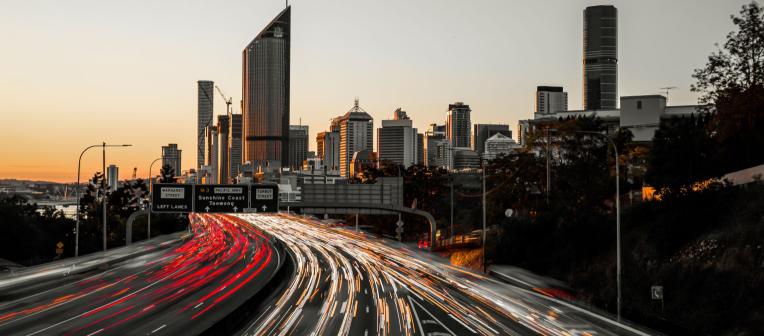
Urban design and sustainable infrastructure
Building a sustainable future
Australia's $230 billion public infrastructure pipeline over the next five years underscores the critical need for investment to sustain population growth and foster nationwide economic development.
With the national housing market surpassing $9 trillion and the construction sector contributing 9% to GDP, there is a significant opportunity for strategic partnerships between researchers, industry and government. Queensland, poised for an $8.1 billion economic boost, including $4.6 billion in tourism, infrastructure, and trade, is at the forefront.
The University of Queensland, with research expertise in urban planning, sustainable development, and materials innovation, is ready to lead in creating resilient, accessible, and liveable urban settings.

What we offer
Partnering with us provides access to the following benefits.
World-leading expertise
Access top researchers in urban planning and development, sustainable built environment, construction and infrastructure innovation, tourism and hospitality management, and transport.
World-class infrastructure
Utilise cutting-edge labs, testing facilities and manufacturing hubs across four campuses, including the ARC Advance Timber Hub, UQ Innovate and the Sustainable Infrastructure Research Hub.
Longstanding partnerships
Leverage our ongoing, multidisciplinary research collaborations with industry and government to create impact across a broad range of sectors.
Our capabilities
We deliver transformative outcomes and solutions for our government and industry partners, underpinned by world-leading expertise.
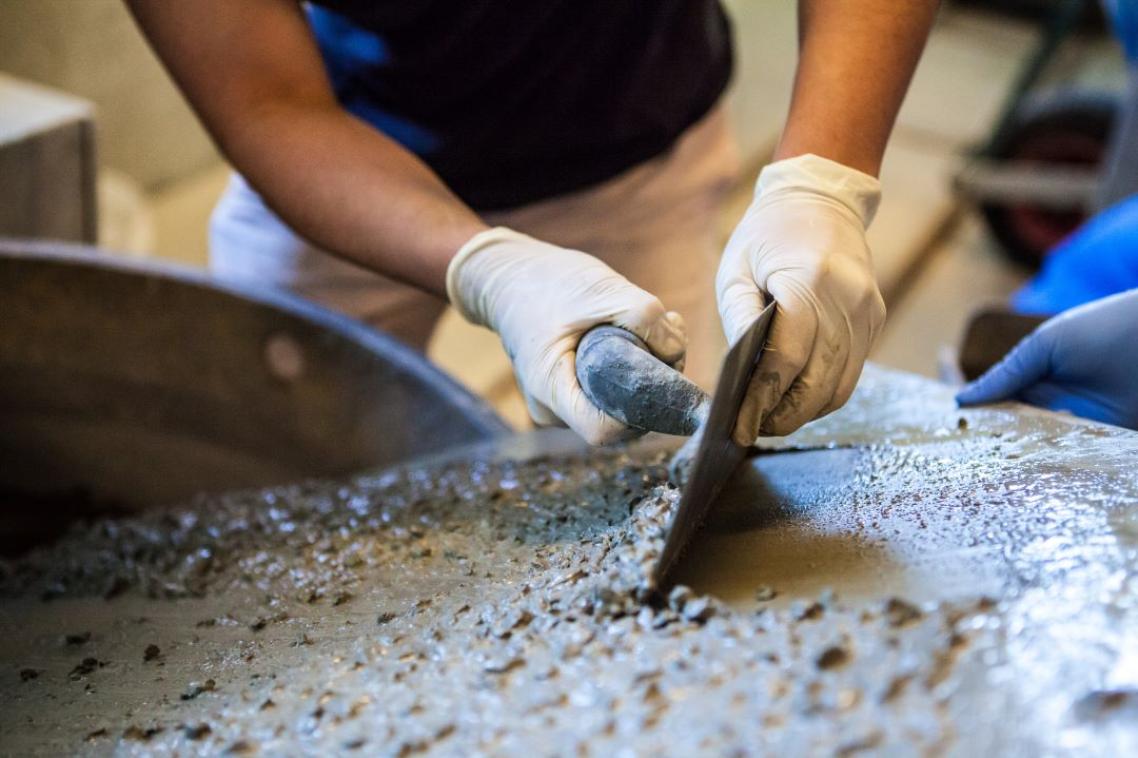
Sustainable construction innovation
- Decarbonisation of cement and steel
- Digital twins and advanced manufacturing
- Sustainable timber and engineered wood products
- Recycled, upcycled and bio-based materials
- Robotics, automation and 3D printing
- Smart construction materials and technologies
- Prefabrication and modular construction
- Sustainable construction practices
- High-performance and innovative materials
- Net zero and energy-efficient design
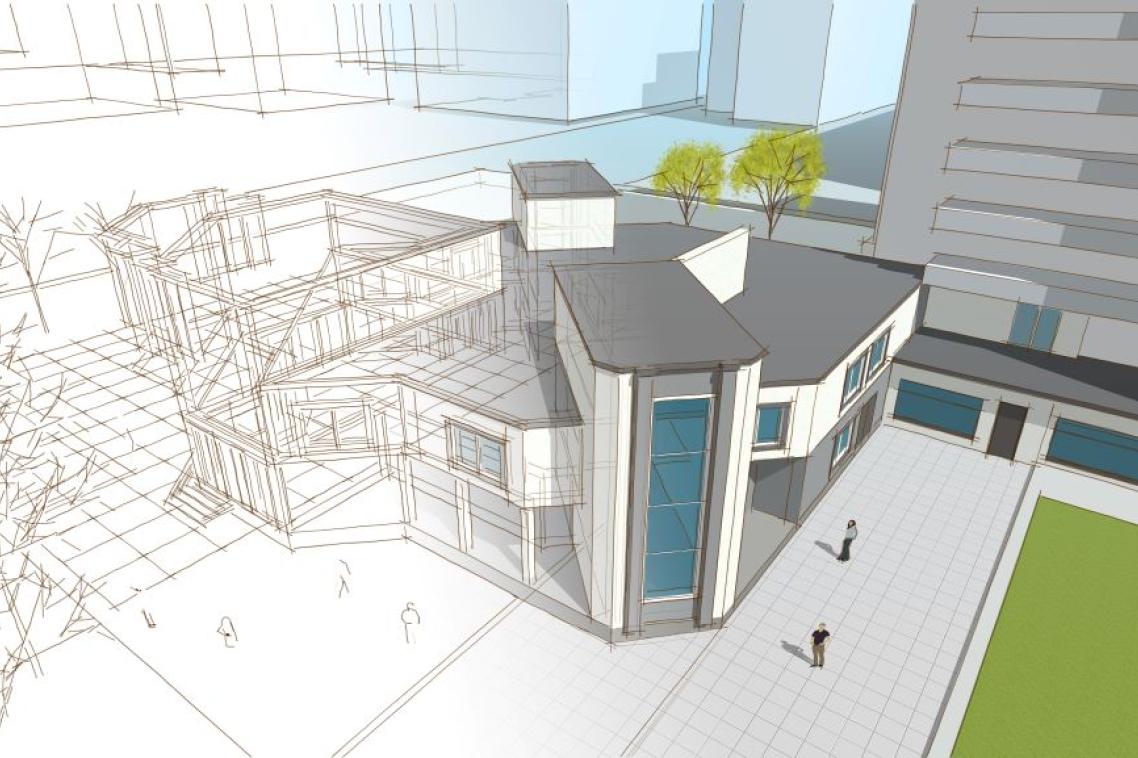
Precincts
- Mixed-use industrial zones
- Community engagement strategy
- Public space design
- Cultural and historical preservation
- Urban green spaces
- Accessible design
- Social cohesion and inclusivity
- Creative placemaking
- Sustainable and resilient urban design
- Economic development and revitalisation
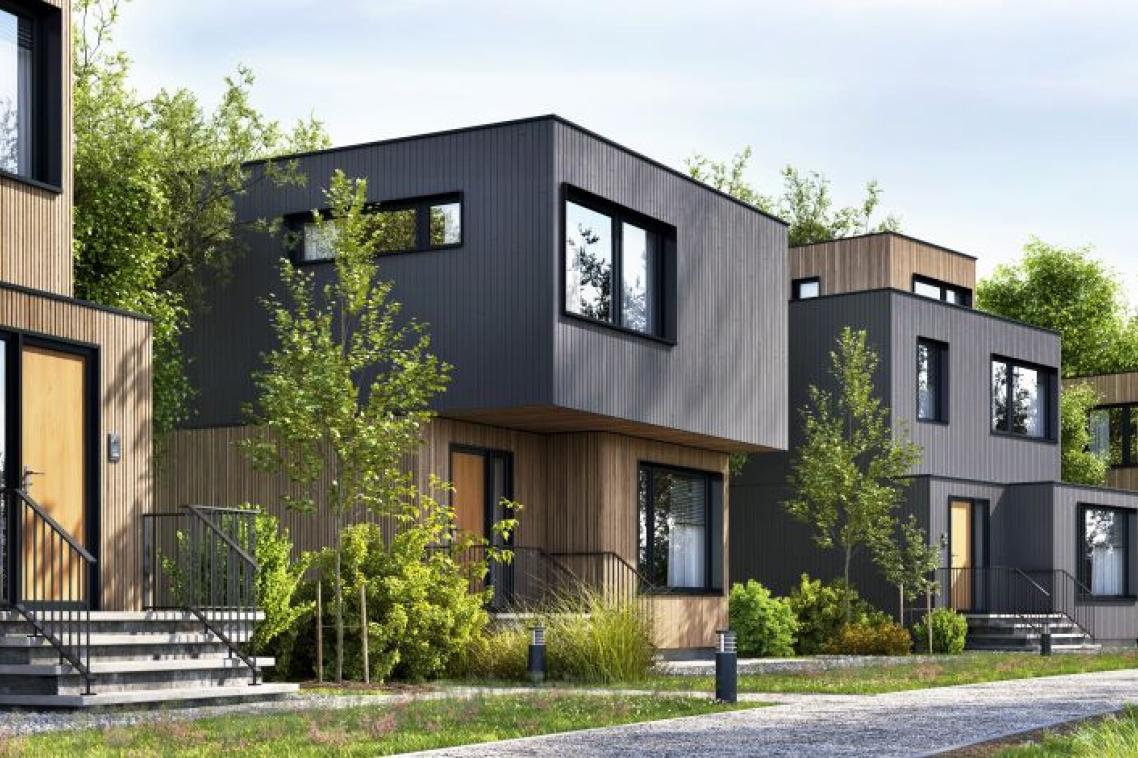
Inclusive urbanisation and community wellbeing
- Housing affordability
- Urban green spaces
- Social exclusion and marginalisation
- Public spaces and community interaction
- Health and wellbeing in urban environments
- Equitable accessibility
- Cultural preservation and identity
- Employment opportunities and economic mobility
- Social infrastructure and service delivery
- Governance and urban policy effectiveness
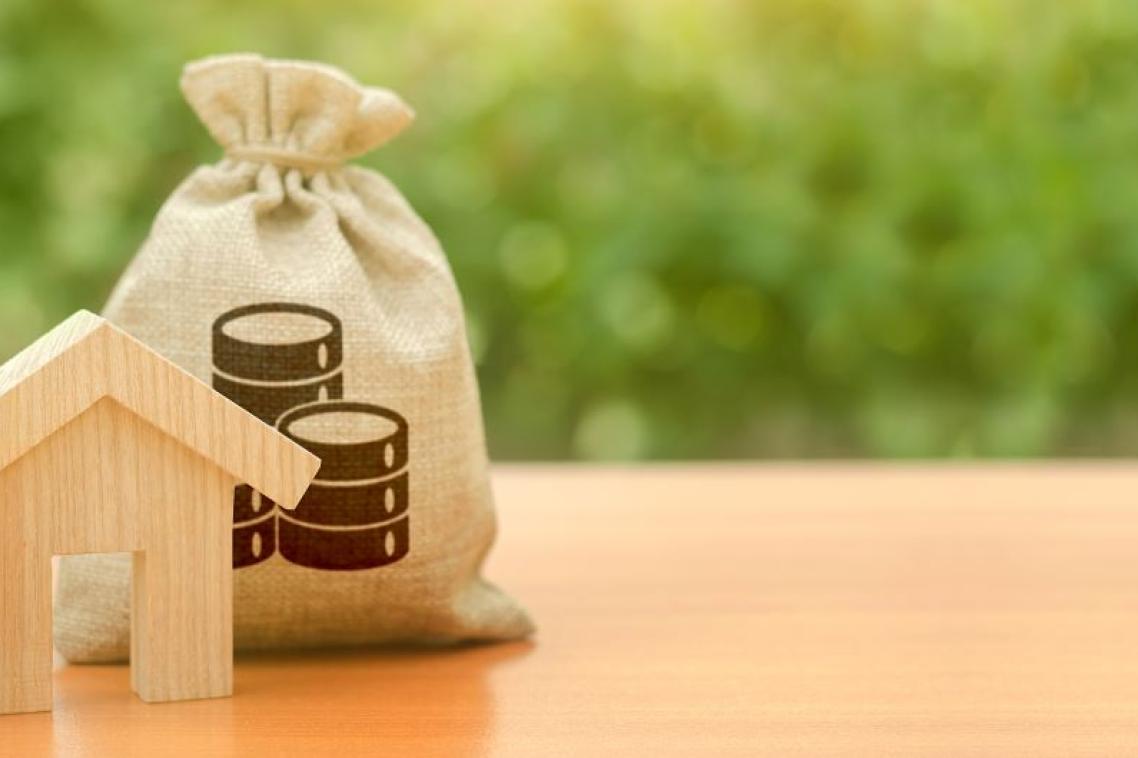
Property and construction economics
- Sustainable and climate adaptive development
- Economic and financial analysis
- Public-private partnerships
- Real estate investment trends
- Mixed use and build-to-rent developments
- Brownfield and commercial development
- Construction cost management and risk mitigation
- ESG principles and sustainability
- Housing affordability and urban land use
- Property valuation and market assessment

Tourism and student accommodation
- Sustainable hospitality and tourism practices
- Digital integration and AI
- Experiential ecotourism
- Hospitality operations and revenue strategies
- Guest and user experience
- Student housing solutions
- Tourism mobility and transportation
- Cultural and heritage preservation
- Urban infrastructure and community impact
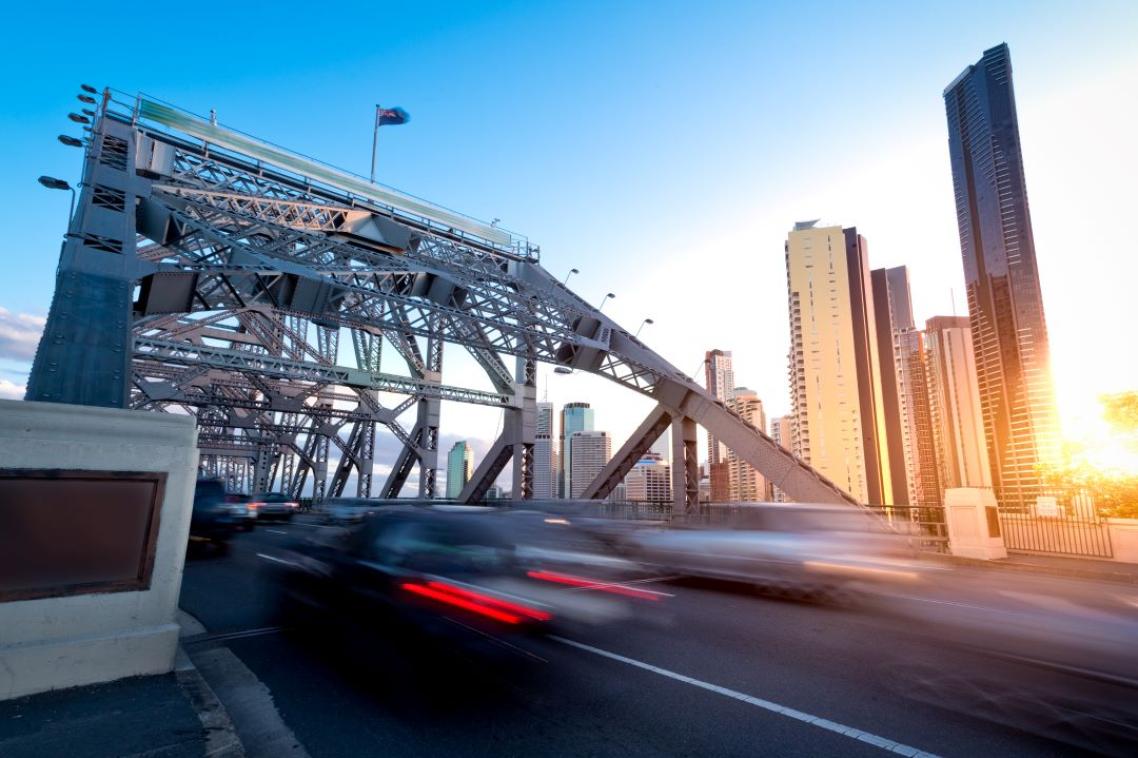
Transport and mobility
- Electricity and hydrogen integration
- Rail infrastructure
- Logistics optimisation and AI modelling
- Autonomous transport systems
- Infrastructure for population growth
- Circular economy in transport
- Urban mobility planning
- Sustainable transport systems
- Smart transport technologies
- Transport safety
Partner with us
Keen to know more or have an idea for a partnership? Contact our industry specialist.
Mr Tom Court
Associate Director (Urban Design and Sustainable Infrastructure)
Strategic Partnerships - Government and Industry
Email t.court@uq.edu.au

Research stories
See our research in action, learn more about ongoing projects and read our success stories.
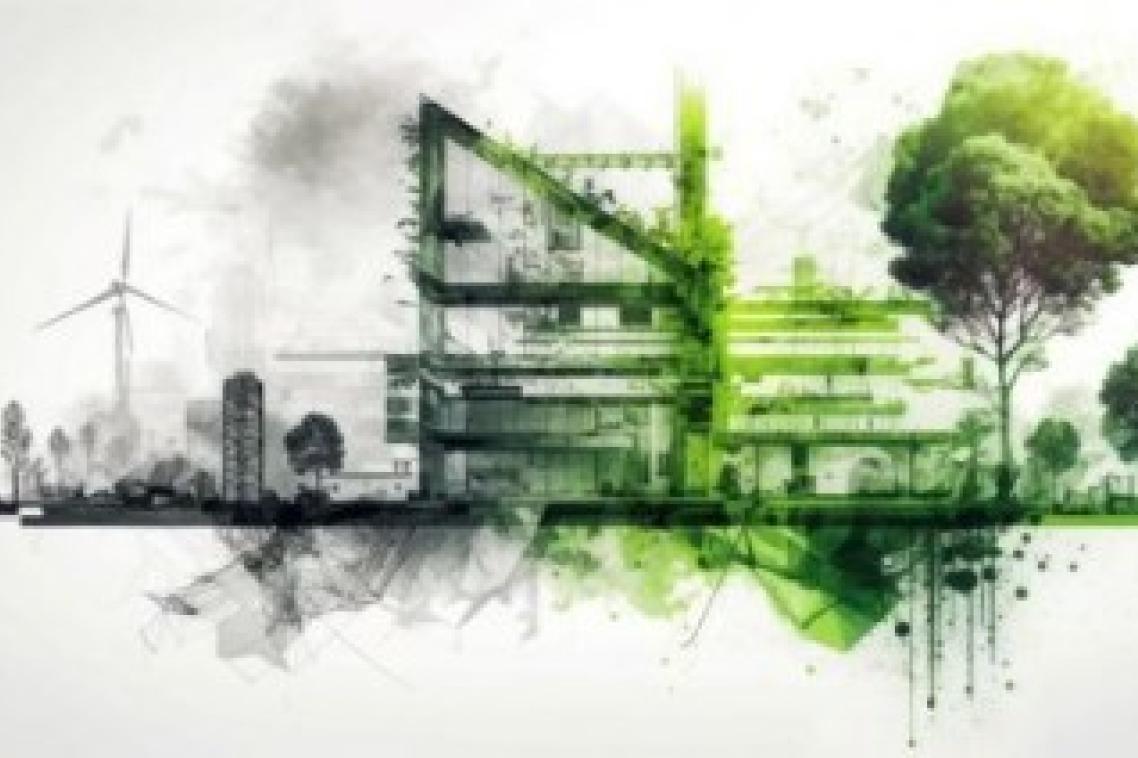
Architecture’s hopes and concerns for our climate future
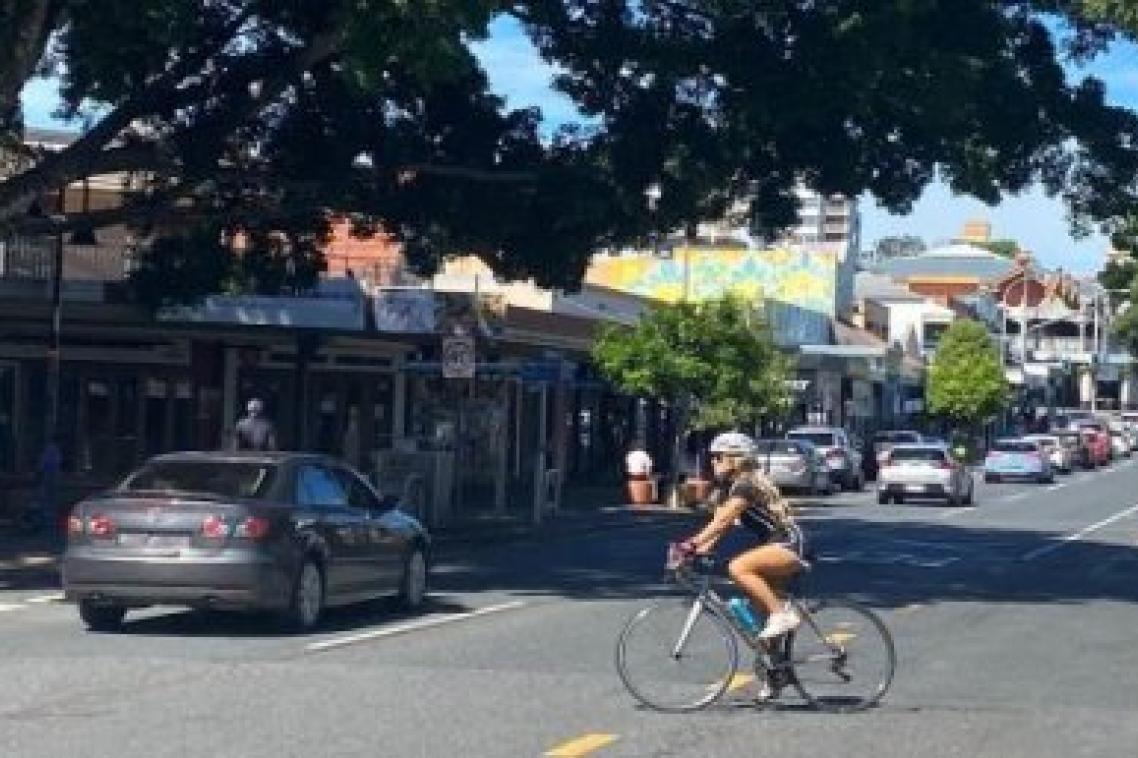
Replacing kerbside carparking with bike lanes
